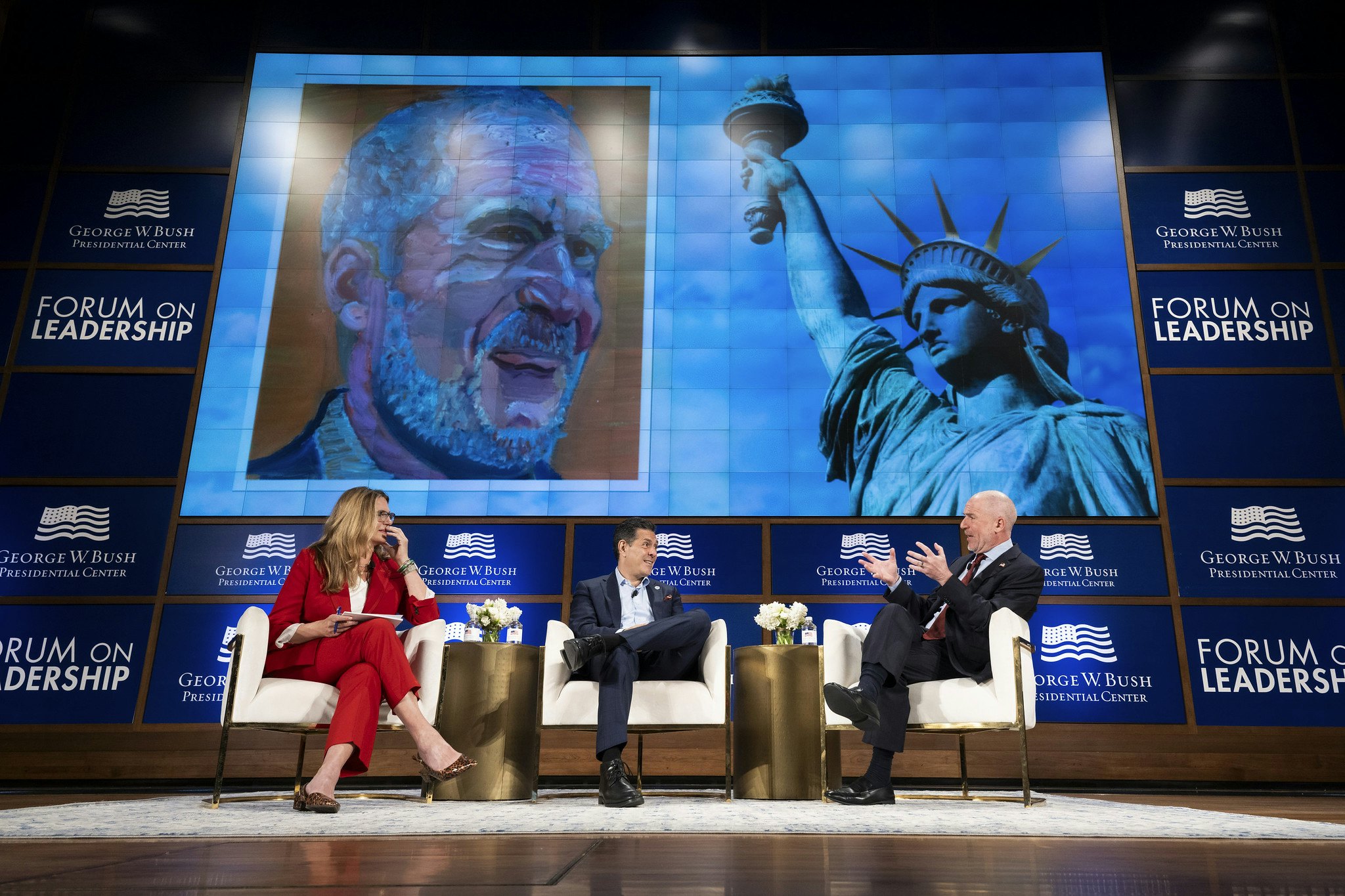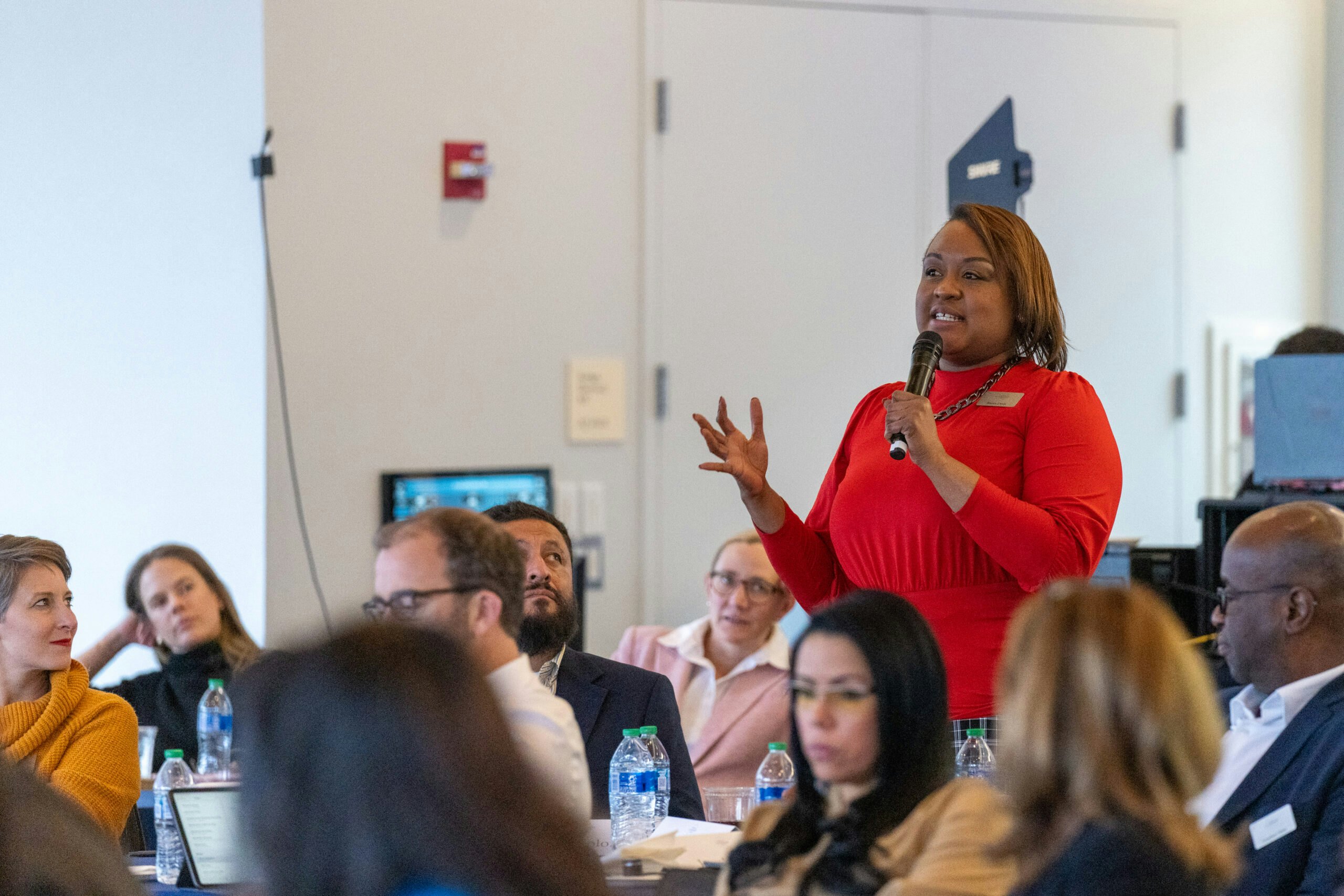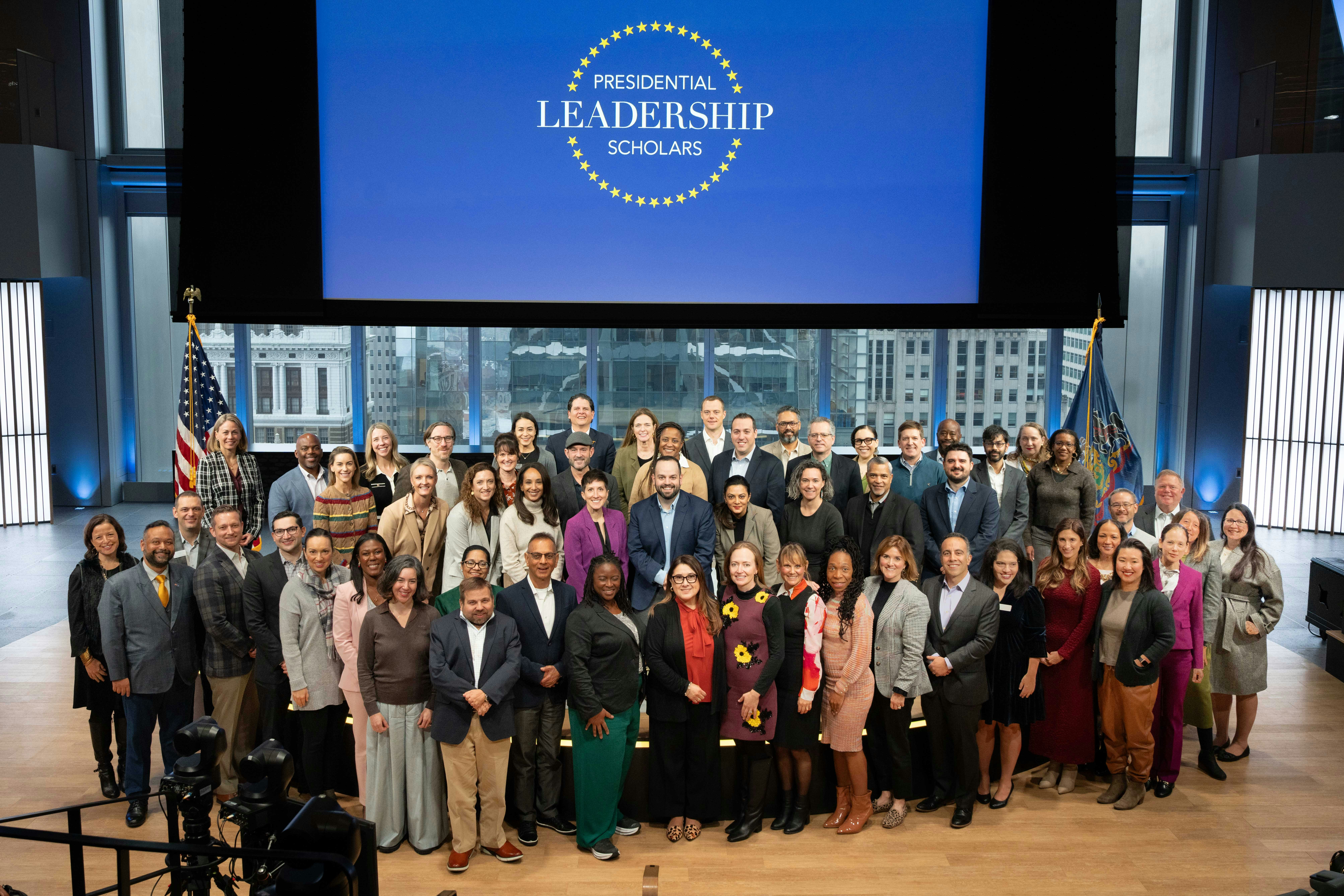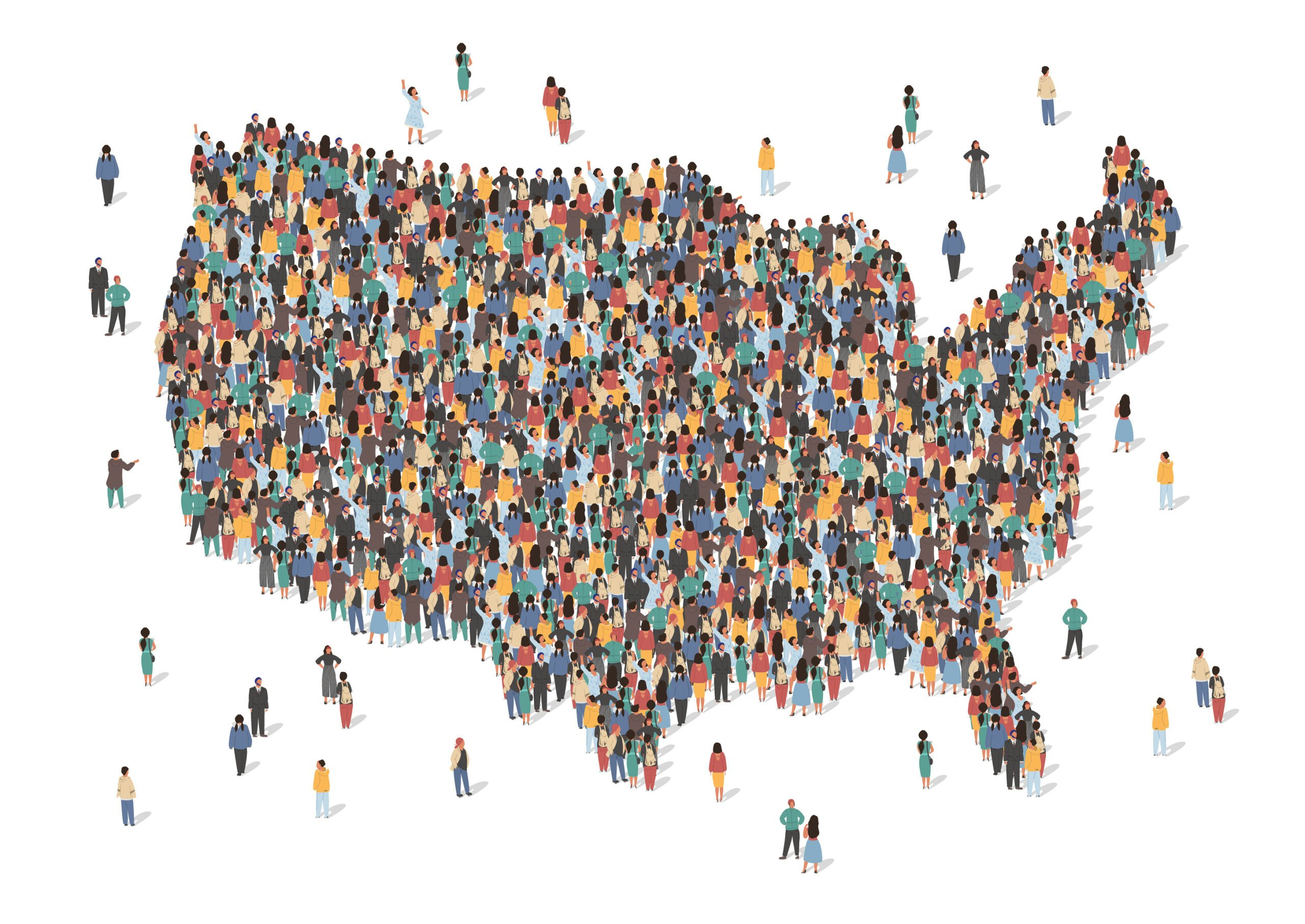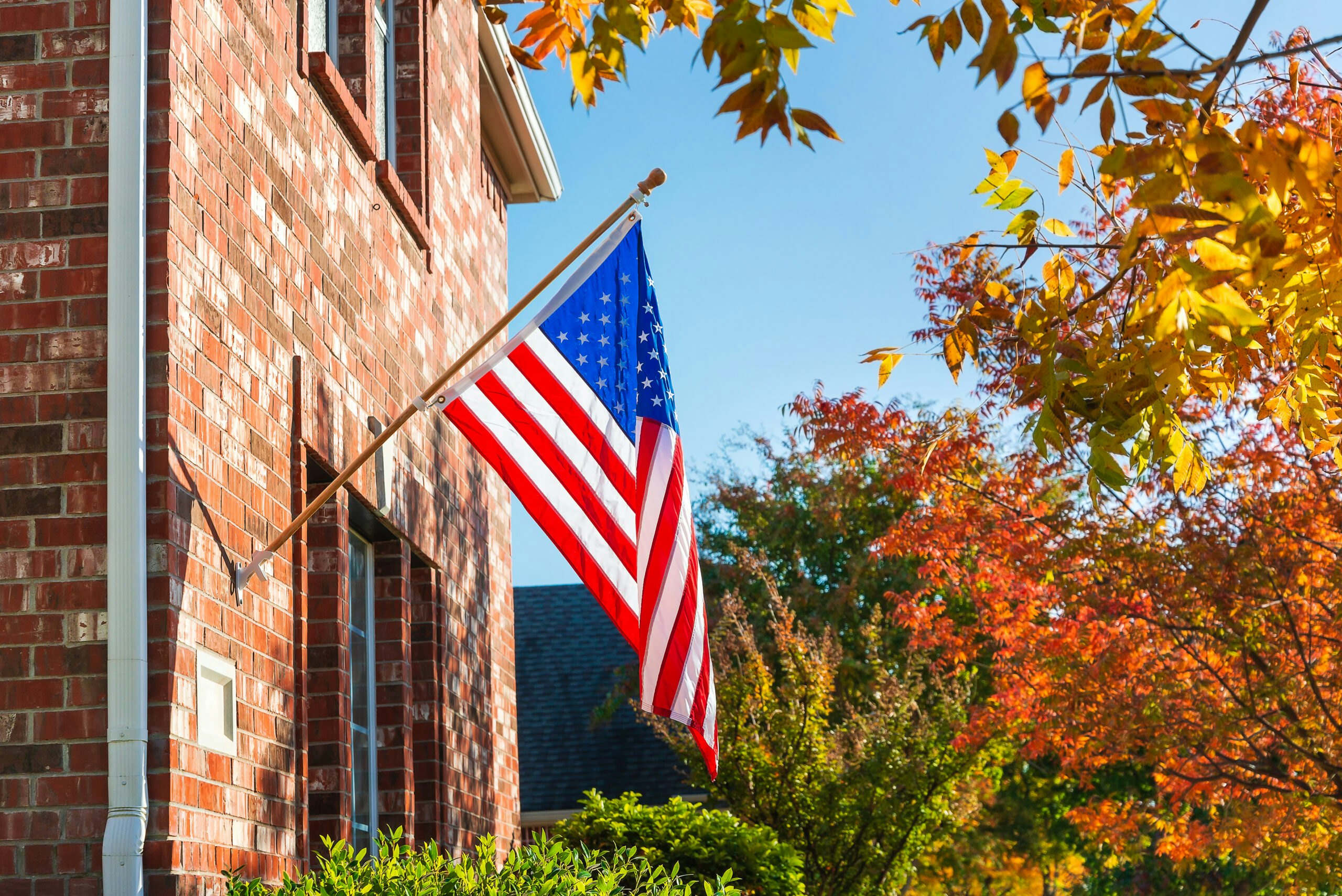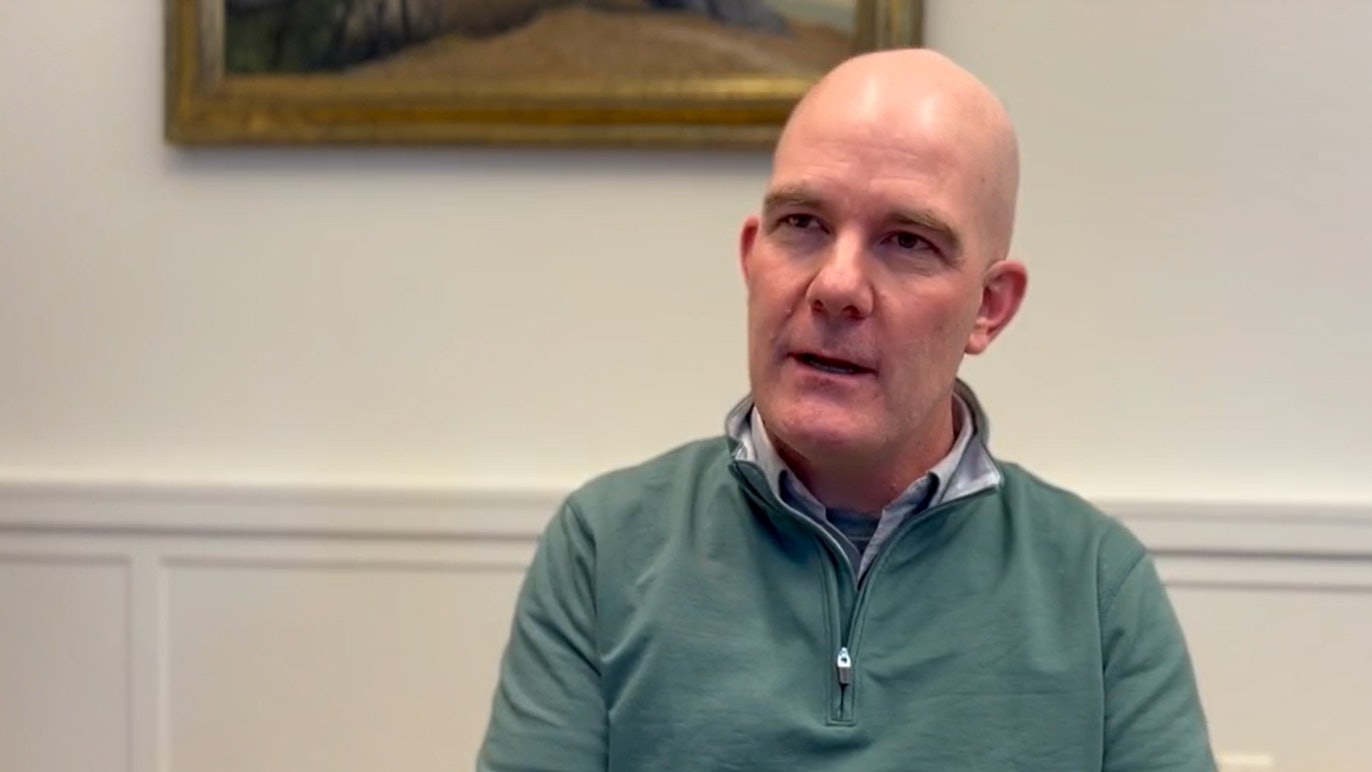Penelope Muse Abernathy has spent much of the last decade studying the decline in local journalism in her roles at the University of North Carolina and Northwestern University. But the longtime journalist experienced this reality in a more personal way during a recent election in her rural North Carolina community.
Try as she might, she could find no information about two people running for county commissioner in a four-person race, no reporting about them or their views – just word-of-mouth. She was experiencing firsthand the impact of living in a community – “news deserts,” as she terms them – that lacks local news sources.
The existence of such deserts is bad for both voters and our democracy. They impact a cornerstone of our system of self-governance: local elections.
Where local news operations do exist, however, they provide a valuable service during state and local elections. They give residents information about candidates and the issues at stake.
That includes the editorial pages of newspapers, where members of a paper’s editorial board spend weeks, even months, evaluating candidates for local and state offices. I participated in this process as a member of the Dallas Morning News’ editorial board for two decades. The interviewing schedule is intense. Members of the board research every candidate, attend campaign forums, ask hopefuls to fill out questionnaires, and, most importantly, interview the prospects in sessions that run 30 minutes to an hour. At the end of this time, the newspaper recommends to readers its preferences for various offices.
Newspaper endorsements don’t have the same sway as when papers were a dominant source of information in a town or region, perhaps the primary source. And some newspapers, especially financially strapped ones, have decided to cut back their opinion pages and editorial endorsements.
Still, some voters see endorsements (newspapers also may term them “recommendations”) as a public service. They study them as they determine their own voting preference. They take the newspaper’s endorsements into the voting booth as a guide. And they will pay to read the recommendations.
Here are three examples:
- Colleen McCain Nelson, Executive Editor of the Sacramento Bee, reports that her newspaper’s editorial board endorsements in three local races this year have landed among the newspaper’s top 10 stories for digital subscription conversions in 2024. (Digital subscription conversions means that readers who didn’t previously subscribe were willing to sign up to read a story.)
Recommendations in local races in California’s 2024 primary converted readers into digital subscribers at a rate over seven times higher than the average Sacramento Bee story, according to Nelson. She anticipates the newspaper’s endorsements in November will succeed as well. “We have seen a public service readers want,” she says. “We try to bring information that readers can’t get elsewhere. And we have heard from readers that they are glad we do this work.”
- Nolan Finley, Editorial Page Editor at the Detroit News, tells a similar story. He says that the best evidence of the power of local endorsements in his community is that 10 of the top 20 drivers in subscriptions for the Detroit News in 2022 were his paper’s recommendations for candidates. “Day after day, they exploded on our site,” Finley reports. He expects the same to happen this year.
Finley notes that information about races for positions like county clerk or even state representative can be hard for readers to find on their own. (Think of Abernathy’s experience in North Carolina.) Newspaper editorial boards, which usually consist of editorial writers as well as publishers and editorial page editors, can help inform them. “This is part of our core purpose,” Finley says. “We provide information for them to be informed citizens.”
- Rudolph Bush, Editorial Page Editor of the Dallas Morning News, reports that his newspaper’s recommendations for state and local offices convert digital readers into subscribers at three times the rate of a non-endorsement editorial. The recommendations draw strong numbers of pageviews, he says, often the highest performing for the paper on the days they run.
“People still rely on editorial boards to help make decisions,” he explains. “They find value in recommendations. They need someone to help them sort things out in a respectful way that is fact-based. This contradicts that newspapers should get out of the opinion business.” (The Morning News will also write editorials about what its writers learned during the process after releasing their recommendations.)
It’s unfortunate for voters when communities like Penny Abernathy’s lack access to such recommendations, the decline of which she describes as “yet another loss for grassroots democracy.” But these examples show how recommending leaders who are able to address local problems can strengthen a community.
In turn, local journalists can create the kind of connections with their readers that polling shows builds trust in the media.





